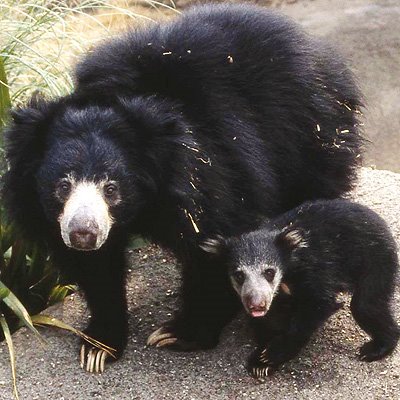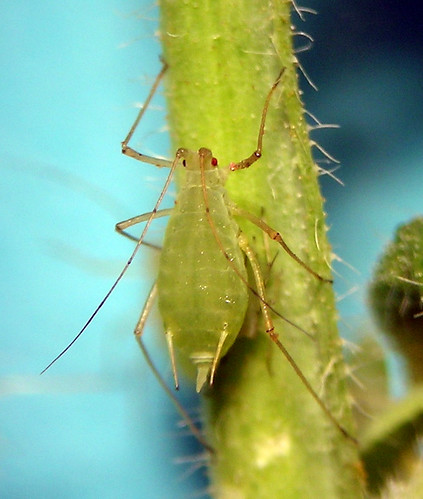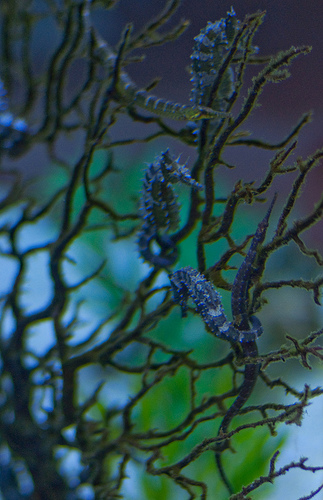Baloo, the Baby Killer?
I recently chanced upon an article from the Asian Geographic magazine which suggested the possibility of the adult male of the sloth bear, Melursus ursinus, to be a threat to the cubs of its own species. (Baloo from the Jungle Book, 2010) Now this is surprising revelation, as anyone who has seen the classic Disney film animation, The Jungle Book, would know that Baloo, the sloth bear in the movie, is portrayed as the alternative “mentor” to Mowgli, the man-cub, teaching him how to lead a carefree “slacker” lifestyle by living off the jungle. (The Jungle Book [1967 film]) The incongruity of Disney choosing an animal that could possibly have infanticidal tendencies as Mowgli’s mentor was apparent to me. I was intrigued to find out why animals, in particular the sloth bear, would kill their offspring.
Research shows that infanticide is common in the animal kingdom, and there are varying explanations for its occurrence. One main explanation is that the individuals responsible for infanticide benefit by gaining fitness through several sources that include: “(1) exploitation of the infant as a resource, (2) elimination of a competitor for resources, (3) increased maternal survival or lifetime reproductive success for either mother or father by elimination of an ill-timed, handicapped, or supernumerary infant, and, finally, (4) increased access for individuals of one sex for reproductive investment by the other sex at the expense of same-sex competitors.” The last source of benefit mentioned is used to explain sexually-selected infanticide (SSI), which is a common practice with bears. (Hrdy, 1979) There is little research available on SSI occurring amongst sloth bears, although it is well documented amongst other species such as brown bears (Ursus arctos) and polar bears (Ursus maritimus). (Stirling and Derocher, 1990)
In the magazine article, the female sloth bear tending to her cubs that the writer observed became very nervous upon the appearance of a male (which is typically 50 percent heavier than a female). She proceeded by rushing towards the male accompanied by “impressive roars”, a typical mock-charge to deter potential aggression. Considering that the female would probably be severely injured in a confrontation with the male, her counterstrategy to SSI might not be the best. Females of other bear species have been observed to counter male SSI behaviour by becoming sexually promiscuous, effectively mating with every male they chance upon, which would allow the males to mate with the females in the hope that the cubs would be spared. (Bellemain, Swenson and Taberlet, 2006)
Citations:
“Baloo from the Jungle Book” by Axel Gomille. Asian Geographic , Vol. 72, 3/2010, pp. 32-35.
“The Jungle Book (1967 film)” in Wikipedia. URL: http://en.wikipedia.org/wiki/The_Jungle_Book_(1967_film) (Accessed on: 09 Mar 2010)
Hrdy, Sarah Blaffer, 1979. Infanticide among animals: A review, classification, and examination of the implications for the reproductive strategies of females. Ethology and Sociobiology, Vol. 1, Issue 1 (October 1979), pp. 13-40.
Ian Stirling and Andrew E. Derocher, 1990. Factors Affecting the Evolution and Behavioral Ecology of the Modern Bears. Bears: Their Biology and Management, Vol. 8 (1990), pp. 189-204.
Eva Bellemain, Jon E. Swenson and Pierre Taberlet, 2006. Mating Strategies in Relation to Sexually Selected Infanticide in a Non-Social Carnivore: the Brown Bear. Ethology, Vol . 112, No. 3 (2006), pp. 238-246.












